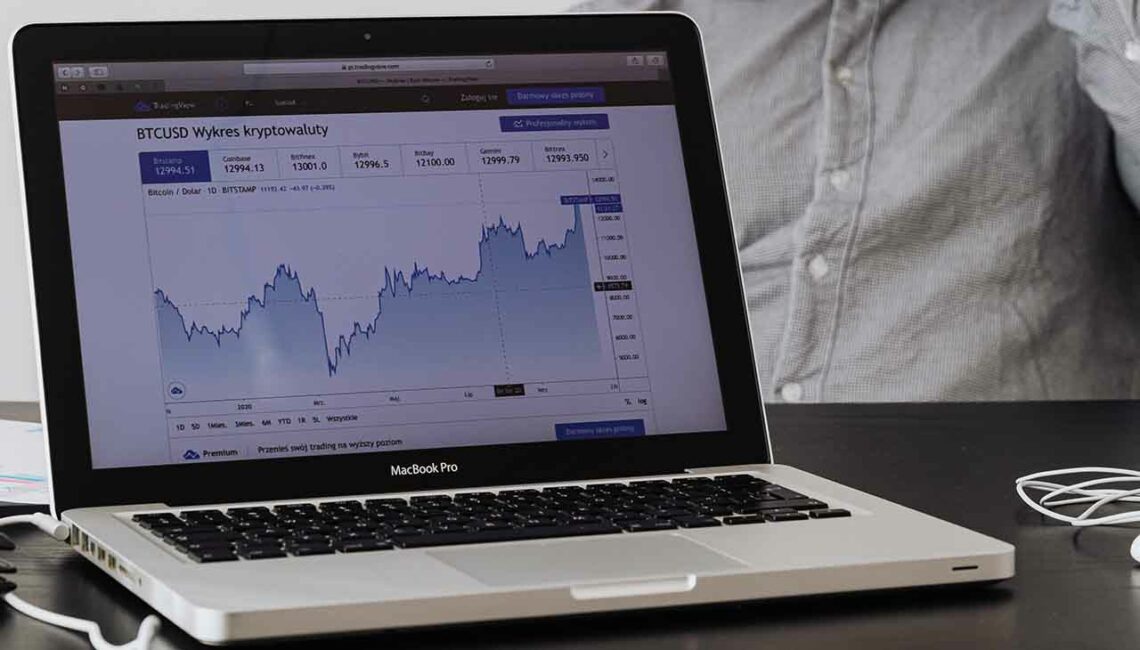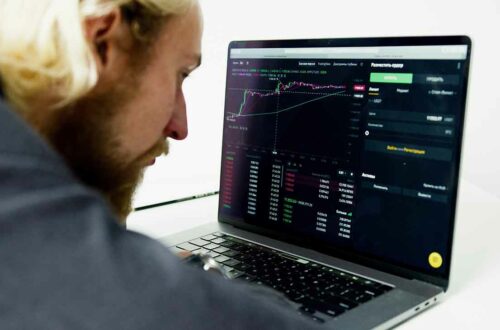
Building a Forex Trading System: Customizing Indicators and Rules
Introducing the Forex Trading System and the Benefits of Customization
Forex trading systems are automated software programs designed to make trading easier and more efficient for traders. They are used by both novice and experienced traders alike, as they can help to reduce the risk associated with manual trading decisions. By automating certain aspects of the market, a Forex trading system can provide more accurate signals and help identify potential opportunities in the market.
Using a Forex Trading System also allows you to customize indicators and rules that match your trading style and objectives. As each trader has unique goals and preferences, customizing these parameters can significantly increase their chances of success. When customizing your system, consider how often you will need to adjust it over time as the markets change or if your objectives evolve. Using customizable indicators and rules can give you more control over your system, allowing you to tailor it to the specific markets or conditions that you may face.
Selecting Indicators for Your Trading Strategy
One of the most important aspects of customizing a Forex trading system is selecting the right indicators for your specific strategy. There are dozens of possible indicators to choose from, and each one provides different insights into market conditions. When selecting indicators, consider which ones will provide you with the best information about potential opportunities in the market. Commonly used indicators include moving averages, Bollinger bands, MACD, and Ichimoku cloud.
Setting Trading Rules for Your Strategy
Once you have selected the appropriate indicators for your system, you must create rules to determine when and how to enter or exit trades based on their signals. It’s important to set clear rules so that your system can be consistent in its performance over time. Your rules should define the conditions that must be met before a trade is initiated, as well as how long you will stay in the trade. You should also consider including stop-loss and take-profit orders to protect your capital from excessive market losses.
Testing Your System
Once you have finished customizing your Forex trading system, it’s important to test it before using it with real money. Most systems offer backtesting capabilities so that users can evaluate their performance over historical data. This allows traders to identify any potential issues or problems with their system before risking real money in the markets. Backtesting can also help determine if a specific strategy is profitable and whether certain rules need adjusting for optimal performance.
Choosing Rules to Follow in Your Trading System
Finally, it’s important to develop a set of trading rules that you will use when developing your Forex trading system. These rules should include risk management techniques such as stop-loss orders and take-profit levels, position sizing guidelines for each trade, and strategies for determining entry and exit points. By following these rules consistently, you can reduce the risks associated with manual trading decisions while increasing your potential profits from successful trades.
Refining Your System by Testing Different Parameters
As markets change over time, you may need to refine your Forex trading system by testing different parameters and indicators. By backtesting new rules or indicators, you can identify whether they are improving your system’s performance before risking real money in the markets. You should also keep an eye on news sources and market sentiment as these can affect the performance of your system over time.
By customizing your Forex trading system with the right indicators and rules, you can increase its accuracy and potentially improve your profits over time. It’s important to remember that no one system will guarantee success, so it’s essential to understand the risks associated with any automated strategy before using it with real money.
Combining Technical and Fundamentals for a More Comprehensive Trading System
In addition to customizing indicators and rules, experienced traders may want to consider combining technical and fundamental analysis to create a more comprehensive trading system. Combining these two methods of analysis can provide additional insights into the market and help you identify potential opportunities more quickly.
Technical analysis examines short-term price movements while fundamental analysis examines economic data such as inflation, GDP growth, and interest rates. By combining both approaches, traders can develop a comprehensive system that takes both long-term trends and short-term fluctuations into account for greater success.
Overall, customizing your Forex trading system with the right indicators and rules can improve its performance over time. It is important to remember that no one system will guarantee profits or reduce all risks, so it is essential to understand the risks associated with any automated strategy before using it with real money. By combining technical and fundamental analysis, traders can create a more comprehensive trading system that takes both long-term trends and short-term fluctuations into account for greater success.
Identifying Risk Management Strategies When Building a Forex Trading System
When building a Forex trading system, it is also important to consider risk management strategies such as stop-loss and take-profit orders. These parameters can protect your capital from excessive market losses while also helping you lock in profits when the market moves in your favor. Additionally, position sizing techniques can be used to determine how much capital should be allocated to each trade. By setting these parameters ahead of time, traders can limit their risk while still giving themselves an opportunity to make profits on successful trades.
Summary
Customizing a Forex trading system with the right indicators and rules can improve its performance over time. Additionally, combining technical analysis and fundamental analysis can provide a more comprehensive view of the market. Risk management strategies such as stop-loss orders, take-profit levels, and position sizing should also be considered when building a Forex trading system. By following these guidelines, traders can develop an automated strategy that can increase their potential profits while limiting risk.



